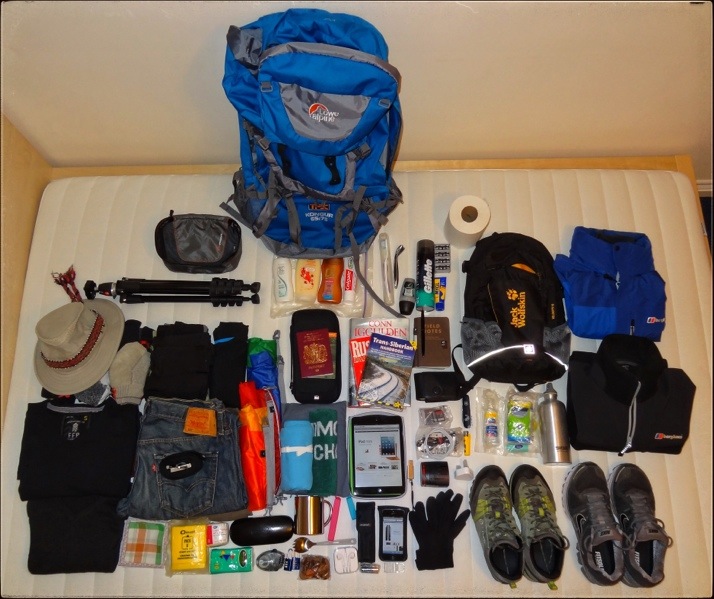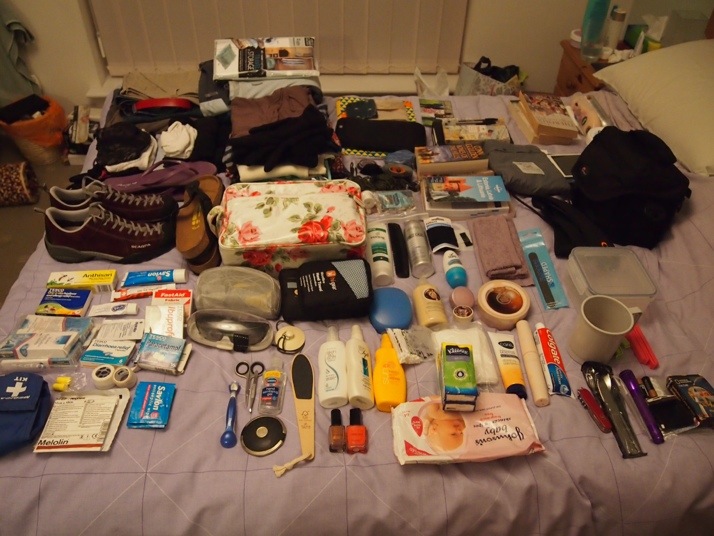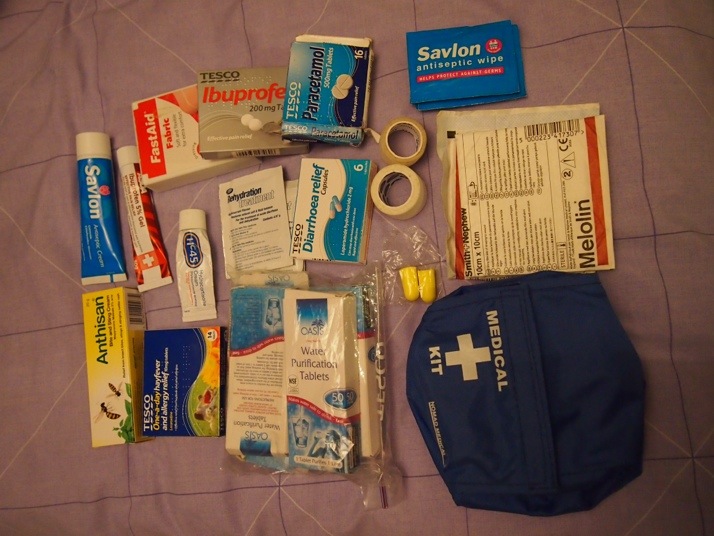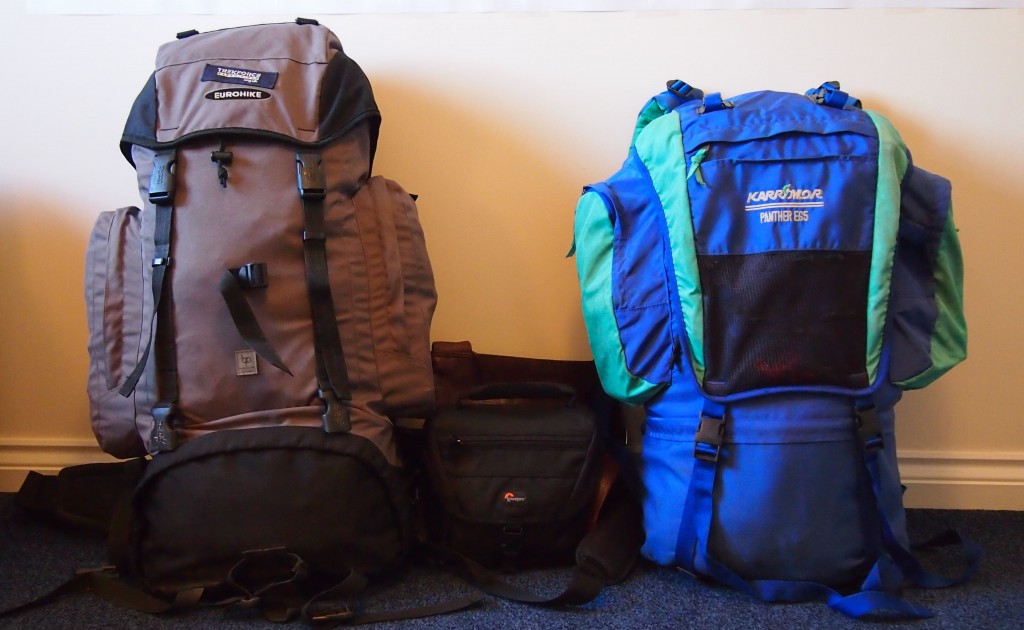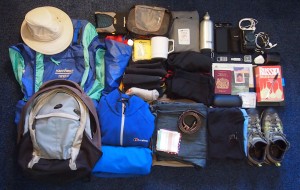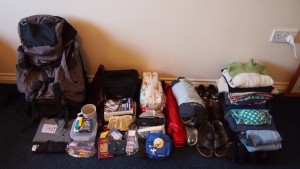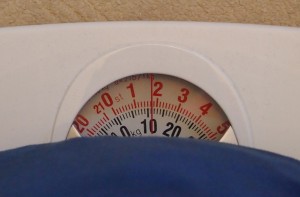It is getting increasingly easier to travel, the wealth of information from bloggers like us has made researching and travel planning a quick search away. Timetables and bus routes are generally easy to find for all but the least touristed destinations, and translation apps are arguably taking the fun out of ordering meals in restaurants – though you still have the choice to use them, and we never did!
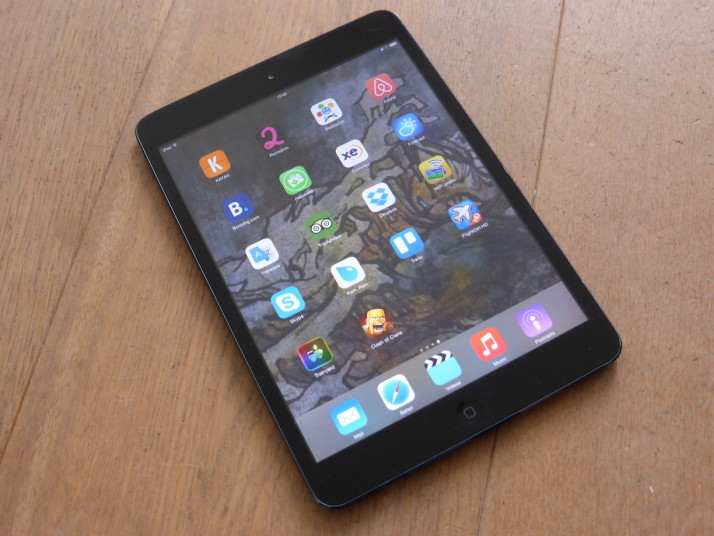
Both our iPad Minis have been invaluable in preparing, planning and travelling around Europe and Asia for two years
Here follows a few mobile apps, websites and resources that we’ve used during our trip – are there any you’d add? Let us know in the comments!
Kayak |
Kayak – Getting thereWe tried to travel overland as much as possible, but on the few occasions we needed to fly we consulted Kayak. It’s our favourite app (and website) for finding destinations and checking routes because it shows lay-over times clearly and has easy filtering for the number of connections. |
Rome2rio |
Rome2rio – Getting there and getting aboutDo any kind of search of the format “how do I get from Place A to Place B” and Rome2rio will rightfully be in the top results. It quickly became invaluable to us in planning our movement around Europe and Asia on our two year trip. It shows trains, busses, ferries, and flights on an interactive map and it’s an excellent starting point for finding out possible routes and rough pricing. |
Bla Bla Car |
Bla Bla Car – Getting about with the localsA late entry to us but an easy recommendation that we’ll be using after our trip is BlaBlaCar – a car and journey sharing website! Introduced to us in its French language version – Covoiturage.fr – it was especially handy in Europe as some of the train journeys would have really eaten into our budget, plus we got to meet new people! |
AirBnB |
Accommodation – Finding somewhere to stayThroughout our two year trip we’ve generally booked our accommodation about 2 weeks in advance, except for major capital cities and well, pretty much everywhere in Japan where we had to start booking about a month in advance to get the best deals. For longer stays we prefer to rent private apartments or stay in apartment hotels so we can shop at the local markets and cook for ourselves. We’ve used a combination of fellow traveller recommendations, other travel blogs and accommodation booking websites, and our favourites (in order) are these:
No CouchSurfing on our list? We did stay with friends 5 times on our trip which would qualify as CouchSurfing experiences, but we arranged them with people we met on the road as we went, or who we already knew. |
Maps.me |
Maps.me – On the groundWe’d usually pick up a map from the hostel, hotel or local Tourist Information office as they’re quicker to consult and easier to carry, and in some poorer Asian countries we didn’t want to be flashing expensive electronics around. However, there were a few times in some of the smaller towns when it was difficult to ask directions where Maps.me proved invaluable. Note that you need to download the maps for the country or region in advance, and they’re often a few hundred MB so remember to save the remoter destinations before you depart! |
XE Currency Rates |
XE Currency Exchange Rates – Knowing what stuff costsNot an app that we used often, but essential nonetheless as we used it to work out a rough exchange rate to our home currency we could carry in our heads. It also works offline too. |
Forecast.io |
Forecast.io – Planning around the weatherOnce we had our list of sights to see, activities to experience and restaurants or cafes to visit we’d have a quick check of the weather forecast. Oftentimes we only had a few days in a place, or other constraints like opening times or museum closed days would dictate the order of our travel itinerary more than the weather, but when we had flexibility we’d plan the outdoor things for the better days. We’d often do the outdoor activities sooner if we knew the weather was going to be good. |
Translate |
Picking up the lingoWe always try to learn a few words of the native language and it really helped build rapport when ticket sellers, market vendors, shopkeepers and waitresses heard us making an effort. Not everyone speaks English and nor should they! |
TripAdvisor |
TripAdvisor – What to do when you get thereWe took it in turns to do the majority of the planning each month, an idea we got about sharing the workload from a post by travel bloggers Warren and Betsy. Guidebooks and longer-form travel articles form the starting point, but then we’d do typical “Top 10 in X” searches and cross-reference with TripAdvisor to make sure we hadn’t missed anything. With the latter we found it’s important to read the most recent reviews as often the bad reviews complain about things that either aren’t relevant or don’t bother us – don’t just use the star rating! Good reviews often contain tips for visiting, e.g. best time to visit, how to skip the queue or join a free tour. In no particular order, here’s a list of travel blogs we follow for inspiration or consulted often..
While we’re researching, we make notes of places that interest us as we find them on paper, in Trello or in spreadsheets, which we then go back through to look into further: reviews, how to get there, opening times, etc |
Dropbox |
Dropbox – Documents backup and photo sharingWe planned for the worst – lost or stolen baggage, technology, and travel documents – and we kept photocopies of passports, passport photos, visas and insurance documents in Dropbox. It’s also great for sharing photos with fellow travellers when we were in places without internet access as we could swap email addresses and upload and share them via a shared folder later. If you sign up with this affiliate link we’ll each get an extra 500MB of space! |
WiFi Photo Transfer |
WiFi Photo Transfer – Simple, local photo sharingWe’ve often wanted to transfer photos between our iPad minis, onto the laptop, or with other travellers we’ve spent the day sightseeing with. This amazing free app is really handy for transferring larger numbers of files, but its killer feature? It shows photos in albums by default so we could quickly organise then transfer just the photos we wanted! |
Skype |
Skype – Keeping in touchWe kept this blog for two reasons: we wanted to write about our adventures as a reminder for ourselves, and to let our friends and family back home know what we’ve been up to. In addition we’d always send our families an email or text message with our travel plans such as flight numbers, accommodation etc, but there’s no substitute to actually seeing and hearing those we missed most. I talked to my Mum about this and we agreed that just the first few seconds of a Skype call are enough to reassure us that they’re alive, well, and enjoying themselves – and that goes both ways! Our Christmas presents to both sets of parents before we left was setting up their computers with webcams and a quick Skype training session :o) |
Rain, Rain |
Rain, Rain – Help getting to sleepThe soothing sound of rain on all manner of surfaces helped us get to sleep by blocking out the noise of other travellers on trains or in hostel dormitories. My favourite sound is the rain on a tent, but Julie preferred listening to podcasts (which she’d then have to listen to again as she’d often missed the endings!) |
Games |
Games – Idle entertainmentWe found we couldn’t see sights every day for weeks on end and remember everything – sometimes we just needed a break, and a favourite way I like to relax is playing games. When there wasn’t anyone to play cards or boardgames with, like the time we played cards with a bunch of Mongolian students on the train from Ulan Ude to Ulaanbaatar, we’d play the occasional computer game. Ones that work offline are obviously the best.
|

 two year trip
two year trip